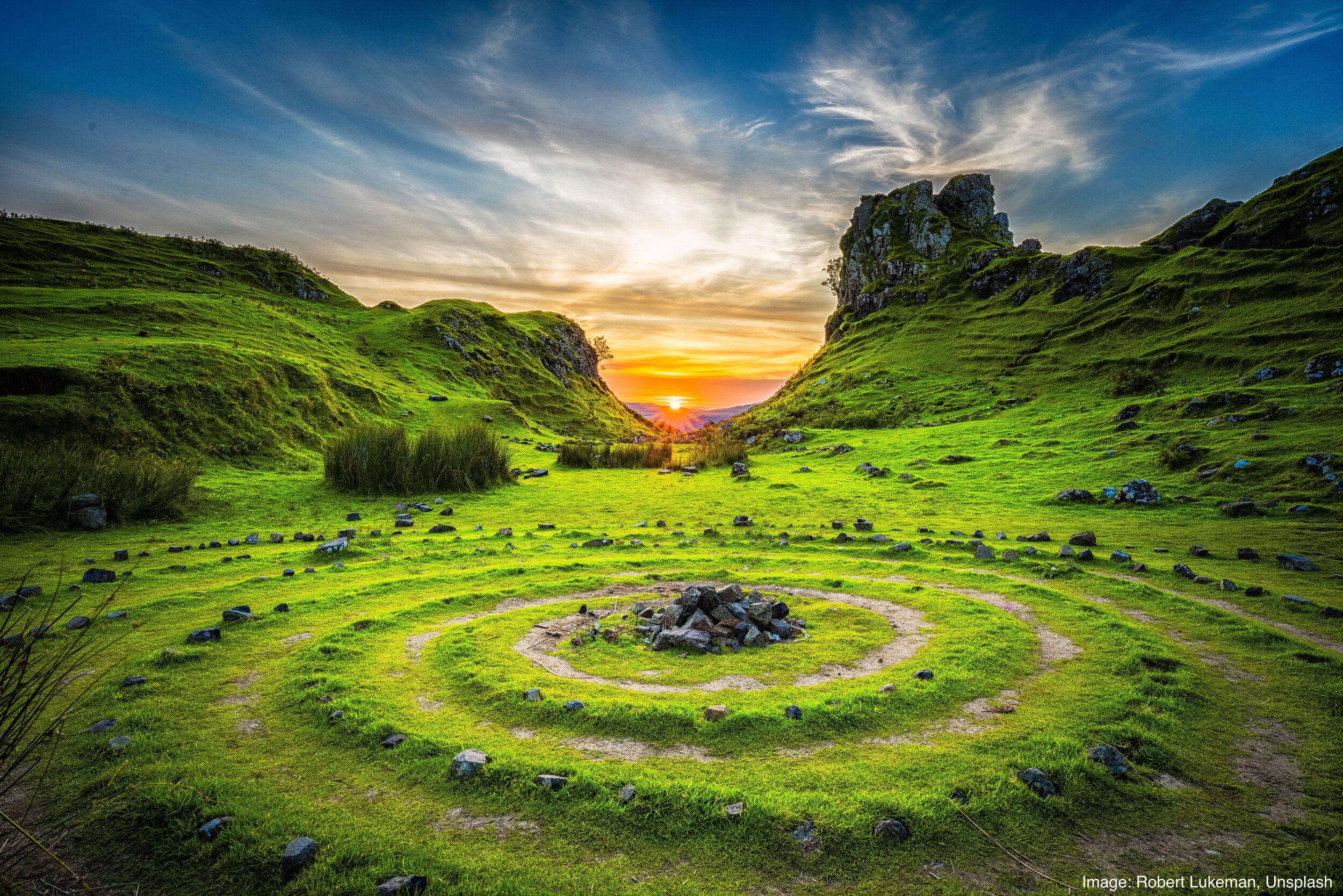
Circular Economy
Redesigning Materials Systems
Systems thinking for a Circular Economy
What the Circular Economy is:
A circular economy is distinct from the highly wasteful 'take-make-dispose' model of the linear economy that prevails today.
In the circular economy, products are designed and deployed to minimise the consumption of non-renewable resources. This decouples economic growth from increasingly expensive materials extraction, reducing exposure to price volatility, supply disruptions and resource competition.
Correctly implemented, a circular economy model can significantly reduce environmental, social and ecological impacts, promote ecosystem regeneration and maximise economic gains from a much smaller materials footprint.
Circular economy businesses hold the potential to realise a more significant market share for a smaller material footprint, creating a distinct advantage against incumbent, linear businesses that fail to adapt.
Why you should care:
The circular economy isn't just about minimising environmental impacts or the pursuit of a minimalist lifestyle. It also represents a multi-billion dollar economic opportunity.
Designing out waste and keeping materials in circulation, answers the growing consumer demand for products that enable them to live positive low impact lifestyles, without having to 'do without'.
Circular products can also lead to increased brand loyalty, promoting more regular contact between the consumer and the brand and creating more reliable return custom.
Reducing primary material requirements can also reduce exposure to steadily increasing commodity prices and supply chain disruptions and should be considered as an integral part of your corporate risk management strategy.
Main photo by Robert Lukeman on Unsplash
